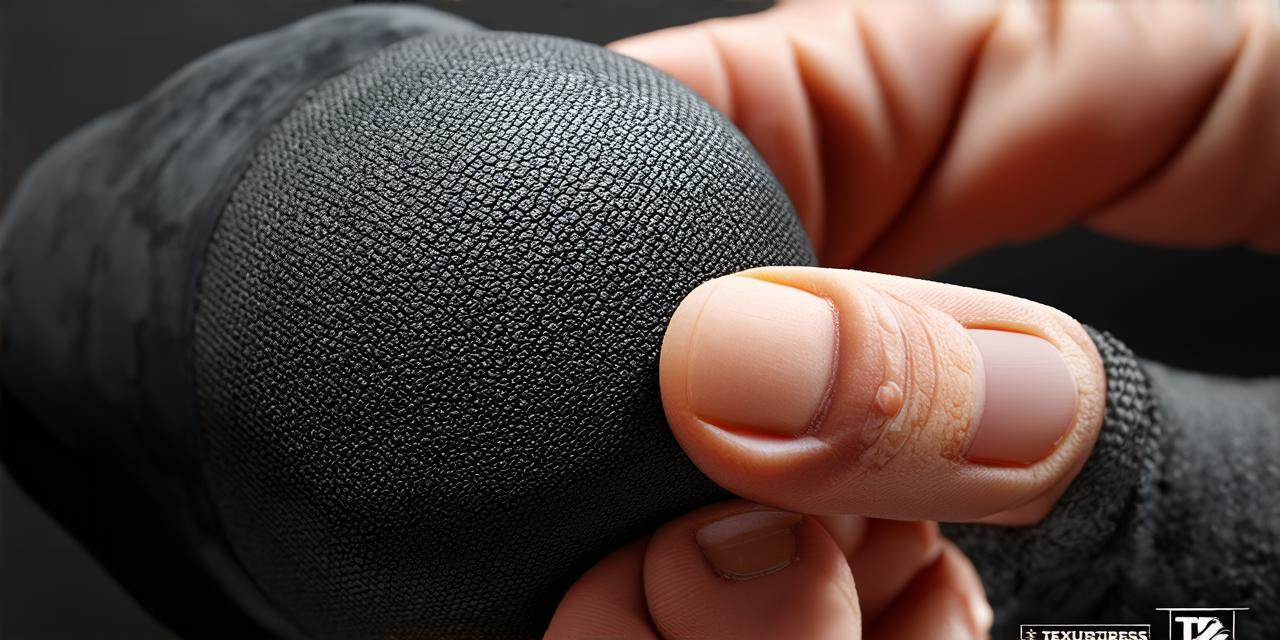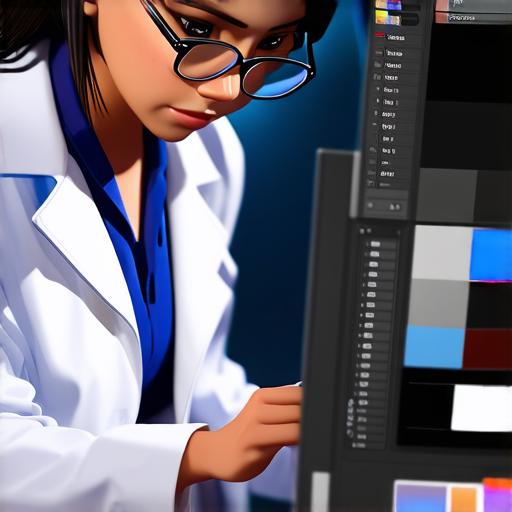
Unity: A Popular Game Engine for Creating 3D Models
Unity is a widely-used game engine that has gained popularity due to its user-friendly interface and powerful 3D creation tools. With Unity, you can easily create complex 3D models and animations with minimal coding knowledge.
Step 1: Setting Up Your Work Environment
Before diving into the process of creating 3D models in Unity, it’s essential to set up your work environment. This involves installing Unity, choosing the right hardware, and setting up your workspace.
Installing Unity
To get started with Unity, download and install the latest version of the engine from the official website. Once installed, create a new project by selecting “Create Project” from the start menu.
Choosing the Right Hardware
Creating 3D models in Unity requires a computer with at least a dual-core processor, 4GB of RAM, and a dedicated graphics card. For larger 3D models or complex animations, more powerful hardware may be necessary.
Setting Up Your Workspace
Set up your workspace by choosing a comfortable seating area, appropriate lighting, and a suitable chair for working in. Remember to take regular breaks to avoid eye strain and other health issues associated with prolonged sitting.
Step 2: Creating Your 3D Model
The next step is to create your 3D model using techniques such as mesh modeling, sculpting, and rigging.
Mesh Modeling
Mesh modeling involves creating a digital representation of an object by dividing it into smaller, manageable pieces called meshes. These meshes can be manipulated using various tools such as vertices, edges, and faces to achieve the desired shape and appearance.
Sculpting
Sculpting is a more advanced technique used to create complex shapes and details in your 3D model. It involves using specialized software to add depth and texture, resulting in a more realistic and lifelike appearance.
Rigging
Rigging is the process of setting up a digital skeleton for your 3D model, allowing you to animate it with ease. This involves creating a series of bones that will move and deform as the object is animated, giving it a sense of realism and movement.
Step 3: Texturing Your 3D Model
Once you have created your 3D model, the next step is to add textures to give it a more realistic appearance. This can be achieved through techniques such as painting, UV mapping, and material setup.
Painting
Painting involves using specialized software to apply colors and patterns to specific parts of your 3D model, adding detail and depth for a more realistic appearance.
UV Mapping
UV mapping is the process of assigning a 2D texture to a specific part of your 3D model. This allows you to apply colors and patterns directly to the object, giving it a more detailed and realistic appearance.
Material Setup
Material setup involves creating a series of materials that will be applied to different parts of your 3D model. These materials can include metallic surfaces, glass, plastic, and other materials, allowing you to achieve a wide range of textures and appearances.
Step 4: Animating Your 3D Model
Once you have created and textured your 3D model, the next step is to animate it to bring it to life. Techniques such as keyframing, animation curves, and particle effects can be used to achieve this.

Keyframing
Keyframing involves setting a series of key positions and movements for your 3D model, allowing you to create smooth and realistic animations. This technique involves setting up specific points in time where the object will be at a certain position or movement, and then interpolating between those points to create a seamless animation.
Animation Curves
Animation curves are used to add more nuance and complexity to your animations. They allow you to create subtle movements and variations that would be difficult to achieve using keyframing alone.
Particle Effects
Particle effects are used to add special visual effects to your animations, such as explosions, smoke, and other particle-based effects. These can be used to enhance the realism and excitement of your 3D models and bring them to life in a more dynamic way.
Step 5: Optimizing Your 3D Model for Performance
Finally, once you have created and animated your 3D model, it’s important to optimize it for performance to ensure that it runs smoothly on different devices and platforms. Techniques such as reducing polygon count, using low-poly models, and optimizing textures can be used to achieve this.
Reducing Polygon Count
Reducing the number of polygons in your 3D model can significantly improve its performance, especially on lower-end devices. This involves simplifying the geometry of your object to reduce the amount of data that needs to be processed by the computer’s graphics card.
Using Low-Poly Models
Using low-poly models is another technique for optimizing 3D models for performance. These models are created using fewer polygons than high-poly models, resulting in lower processing times and improved frame rates.
Optimizing Textures
Optimizing textures can also improve the performance of your 3D model. This involves reducing the size and resolution of your textures to reduce the amount of data that needs to be processed by the computer’s graphics card.
Real-Life Examples of Unity 3D Models
To illustrate how 3D models can be created and used in Unity, let’s take a look at some real-life examples:
- The Last of Us Game: “The Last of Us” is a popular video game that uses Unity as its primary development engine. The game features stunningly realistic 3D models of characters, environments, and objects, which were created using advanced techniques such as motion capture and high-poly modeling.
- Pixar’s Brave: Pixar’s “Brave” was also developed using Unity as its primary development engine. The game features a wide range of 3D models, including characters, environments, and creatures, which were created using advanced techniques such as sculpting and UV mapping.
- Uncharted 4: “Uncharted 4” is another popular video game that uses Unity as its primary development engine. The game features stunningly realistic 3D models of characters, environments, and objects, which were created using advanced techniques such as keyframing and animation curves.
Summary
Creating 3D models in Unity can be a complex and time-consuming process, but the end result can be incredibly rewarding. With the right tools and techniques, you can create stunningly realistic and dynamic 3D models that bring your ideas to life in a whole new way. Whether you’re a beginner or an experienced developer, Unity offers a wide range of resources and tutorials to help you get started on your journey to creating amazing 3D models.

